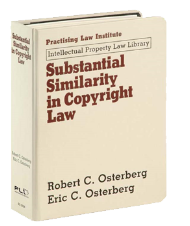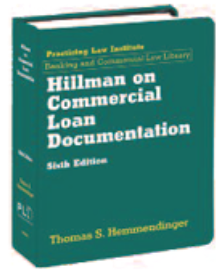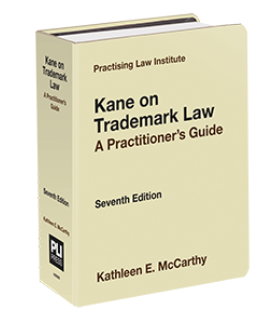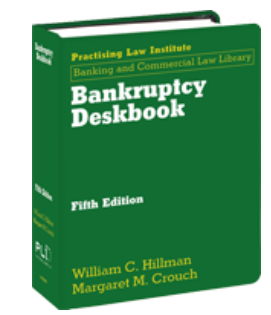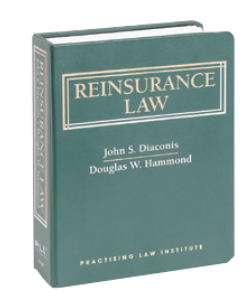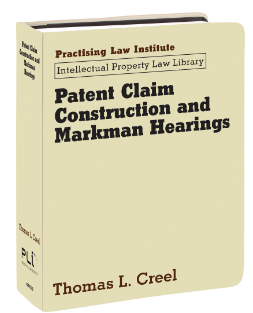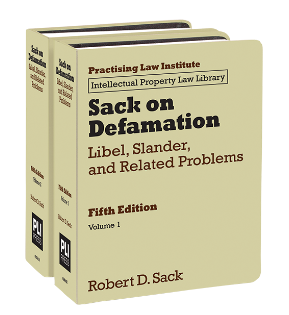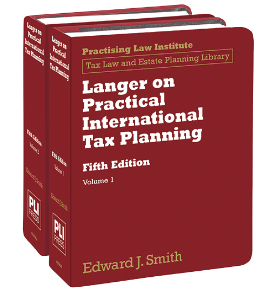
Fragomen on Immigration Fundamentals: A Guide to Law and Practice provides in-depth coverage of the rules, policies, and procedures related to key facets of immigration law in the United States. This includes employment-based and family-based immigration, other avenues for permanent residence, temporary (“nonimmigrant”) admissions for business, study, work, and other purposes, naturalization of foreign-born persons and acquisition of citizenship at birth, refugee and asylum law and other humanitarian protections under U.S. law, the denial of admission and removal of foreign nationals on security- and criminal-related grounds (and other statutory grounds), and the administrative and judicial review of unfavorable immigration determinations.
The new release includes updates to the following chapters:
- Chapter 2 covers the new procedures pertaining to permanent labor certifications (PERM) that went into effect on June 1, 2023.
- Chapter 5 discusses the new organizational account system for H-1B filings, under which multiple individuals within an organization and their immigration counsel can collaborate on and prepare registrations and petition filings.
- Chapter 6 explains the USCIS guidance issued in September 2023 which establishes that asylum applicants must bring an interpreter to their interview if they are not fluent in English or wish to proceed with their interview in a language other than English.
- Chapter 7 discusses a Texas law, S.B. 4, set to take effect in March 2024, which would create state offenses related to unlawful entry and unlawful presence which would allow Texas to arrest migrants suspected of crossing the Texas-Mexico border without authorization. In February 2024, a federal district court issued a preliminary injunction placing the law on temporary hold.
Order a print copy today.
PLI PLUS subscribers can access this title through their subscription.
